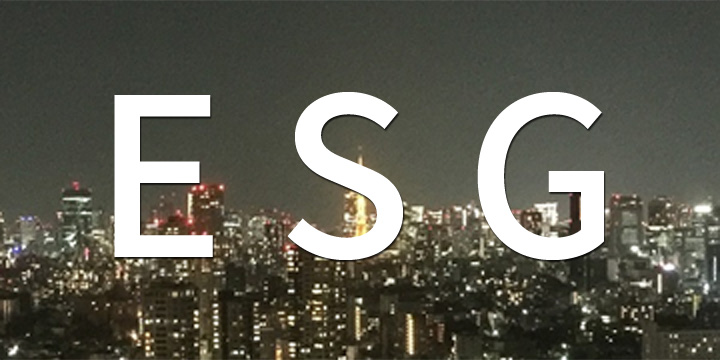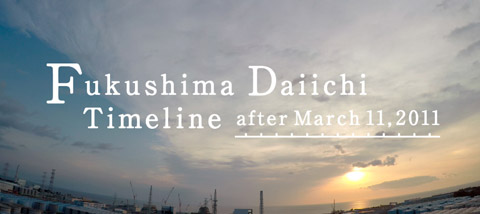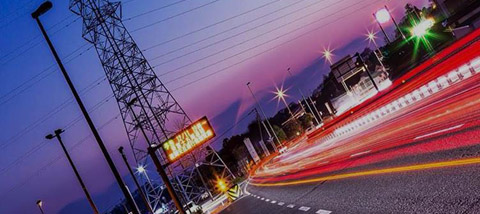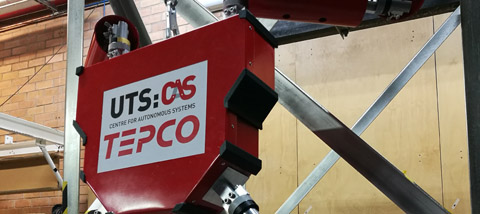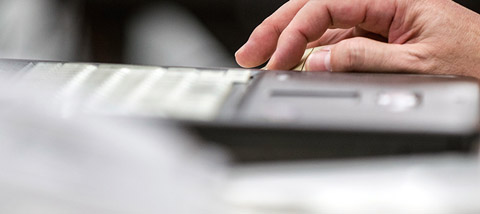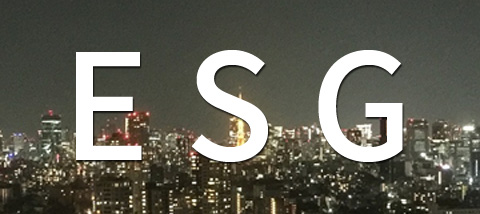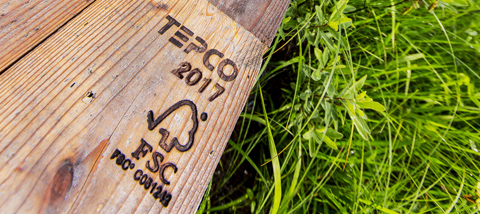2.2 Countermeasures to Protect the Atmosphere
As a countermeasure to mitigate radioactive material emissions to the atmosphere, dust inhibitor was sprayed on the buildings and the site grounds, thus preventing the dispersal of high radiation dust. We also installed a cover on the Unit 1 reactor building.
Furthermore, we installed the PCV gas control systems in Units 1-3 in order to reduce radioactive emissions from the PCVs. These systems contain equipment that filters out radioactive materials from the air inside the PCV prior to discharge into the atmosphere.
As for Unit 4, although the reactor building exploded supposedly due to the flow of hydrogen during the Unit 3 venting, all fuels are being kept in a secure state with spent fuel pool cooling operations, thus the radioactive material emissions from this Unit are evaluated minimal. In addition, the possibility that radioactive materials will be discharged into the atmosphere when the spent fuel pool water evaporates is small and the debris inside the building carries only small amount of radioactive materials.
Hence, it concludes that radioactive emissions from the power station are primarily originating from the reactor buildings of Units 1-3.
1) Spraying dust inhibitor
In April 2011, dust inhibitor was manually sprayed followed by spraying with a crawler dump. From May 2011, we started using a concrete pumper and a bendable spray tower vehicle. By the end of June, spraying had completed for the target area: approximately 560,000 m2 covering the site grounds (flat and slope) and building surroundings.

Photo 9. Spraying dust inhibitor, common pool area
(photographed on April 1, 2011)

Photo 10. Spraying dust inhibitor to the turbine building of Unit 1
(photographed on May 27, 2011)
2) Unit 1 reactor building cover installation
From May to October, 2011, a reactor building cover was installed at Unit 1 in order to mitigate radioactive material dispersal.
This cover contains an exhaust system that reduces radiation material density to below 1% and also shields the inside of the reactor from rain and other natural phenomenon.
The assembly of construction materials was conducted remotely to minimize worker exposure dose. This innovative method was developed by taking a hint from a traditional timber construction method.

Photo 11. Unit 1 Construction of steel frame for cover completed
(photographed on September 9, 2011)

Photo 12. Setting wall panels of cover
(photographed on September 15, 2011)

Photo 13. Setting the roof panel of the cover
(photographed on October 14, 2011)

Photo 14. Completion of cover construction
(photographed on October 28, 2011)
3) PCV gas control system installation and operations
The PCV gas control systems began operations at Unit 1 in December 2011, Unit 2 in October 2011, and Unit 3 (trial operation) in February 2012. This system can not only reduce PCV radioactive emissions down to a density rate of less than 1 % but can also analyze radioactive material elements and measure hydrogen concentration. In order to verify the occurrence of re-criticality, we measure the concentration of short half-life xenon 135 that is detected when a nuclear fission occurs.
In November 2011, we detected xenon 135 in Unit 2. However, since the amount of xenon 135 was detected within a range of 10-2Bq/cm3, we are concluding that this xenon 135 was brought about due to NOT the criticality inside the reactor but due to the spontaneous nuclear fission of curium 242 and curium 244.
*As of March 13, 2012, we have made the following correction on our homepage.
[original]'since the amount of xenon 135 stabilized within a range of 10-3Bq/cm3'
[revised]'since the amount of xenon 135 was detected within a range of 10-2Bq/cm3'
Schematic diagram of the nuclear fission reaction (example) Nov 3, 2011 ![]()
Handouts at press conference
*Updated information for the Radioactive Material Concentration Measurement Records of the PCV Gas Control System will be on our homepage. This can be found at the "Handouts at press conference" page under the document name "Gas Sampling Results of the Unit X PCV Gas Control System conducted at Fukushima Daiichi Nuclear Power Station"
On the other hand, the measurements of airborne radioactivity concentration and radiation dose at 11 onsite locations (consists of monitoring posts on the site boundaries and temporary monitoring posts installed after the accident) are continuously conducted.
Radiation dose measured in the Fukushima Daiichi Nuclear Power Station
Result of Radioactive Nuclide Analysis around Fukushima Daiichi Nuclear Power Station
(Reference) Radiation measured outside the station
(Explanation) What is radiation dose and concentration of radioactive materials?








